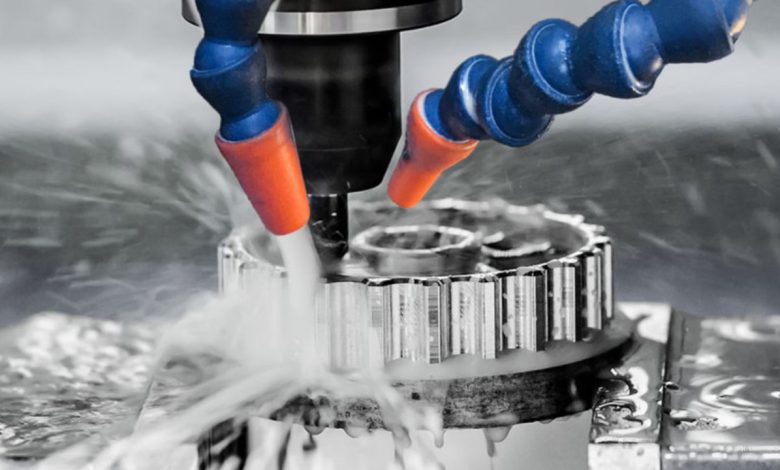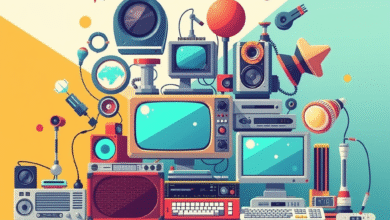3D Printing vs CNC Machining: Which is best for prototyping?

If you’re a designer or engineer, you know that prototyping is essential to the success of your projects. Prototyping allows you to test various design ideas and iterations before you go full-scale with production. But which technology is best for prototyping? CNC machining vs 3D printing are two of the most popular options, and each has its own strengths and weaknesses. In this blog post, we will explore the pros and cons of each technology so that you can make an informed decision about which one is right for your project.
What is 3D Printing?
3D printing is a process that creates an object by building it up layer by layer. The first step in 3D printing is to create a model or template of the object you want to produce. This model can be created in any three dimensional format, including CAD (Computer Aided Design), STL (Stereo Lithography), and Plastic Modeling Language.
After the model is created, the 3D printer will use either plastic or metal melted and poured into specific patterns to create your object. The 3D printer uses a variety of filaments like ABS, PLA, and HIPS to print different colors and textures onto different parts of the object.
There are a few advantages to using 3D printing over other prototyping methods. First, 3D printing is faster and more accurate than traditional methods like injection molding. Second, because objects are printed one piece at a time, there’s no need for assembly or gluing which speeds up development time significantly. Third, because it’s not limited by physical parameters like size or shape, 3D printing can be used for products that would be difficult or impossible to create using other techniques such as prosthetic limbs or medical implants.
Overall, there are pros and cons to both D Printing and CNC Machining when it comes to prototyping; however, depending on the specific project requirements, one may be better suited than the other. For example, if speed is important then D Printing may be
What is CNC Machining?
CNC machining is a process that uses computers to control the movements of a machine tool to create parts from a design. It’s often used for high-quality parts and prototypes, as it allows for accurate cuts without the need for hand labor.
D printing is a technology that uses digital images to create objects out of plastic or other materials. It’s quickly becoming popular due to its low cost and high production capabilities. While it can produce quality parts, d printing isn’t always ideal for precision work due to the limitations of the printers themselves.
Ultimately, which technology is best for prototyping depends on your specific needs and preferences. If you want high-quality parts without the hassle of hand labor, CNC machining is likely the best option. On the other hand, if you just want fast turnaround times and don’t care about precision, d printing may be better suited.
What are the Differences Between 3D Printing and CNC Machining?
There are many differences between 3D printing and CNC machining. In this article, we will compare and contrast the two technologies so you can decide which is best for your prototyping needs.
3D Printing Technology
3D printing technology uses a process of depositing layers of material to create a three-dimensional object. The most popular type of 3D printing is stereolithography, which uses ultraviolet light to deposit material on a layer by layer basis. Other types of 3D printers use different types of lasers and heat to print objects from thin layers of plastic.
The main benefit of using 3D printing technology is that it is very fast and easy to set up. You can create small pieces or whole objects quickly without having to spend time machining them. Additionally, because 3D printing materials are custom made for each object, it’s possible to produce extremely high quality prints with minimal errors.
CNC Machining Technology
CNC machining technology is used for manufacturing parts that require precision and accuracy. Unlike 3D printing, which relies on layers of material to create an object, CNC machining uses rotary axes and cutting tools to cut parts out of a piece of metal or other material. CNC machining is also much more complex than 3D printing, requiring specialized software and training in order to produce accurate results.
One downside of CNC machining is that it requires a large amount of space in order
Which One is Best for prototyping?
D printing is great for prototyping because it’s fast, easy and cheap. You can print small parts quickly and easily without having to invest in expensive tools or equipment. Additionally, you can adjust the size and shape of your parts easily using software or3D printers that have optional loaders.
However, d printing isn’t perfect for all prototyping tasks. For instance, if you need to produce large parts or if you want to fabricate complex shapes, cnc machining may be a better option. Cnc machining is more precise and requires less manual labor than d printing. Additionally, cnc machining can produce higher-quality parts due to its ability to precision cut materials like metals and plastics.
Conclusion
When it comes to prototyping, there are a few different options available: 3D printing, CNC machining, and laser cutting. Each has its own benefits and drawbacks that must be weighed before making a choice. Ultimately, the best option for prototyping will depend on your specific needs and preferences. If you have not yet decided which type of prototyping to use, I recommend trying out each option and seeing what works best for you.
For more valuable information visit this website.






